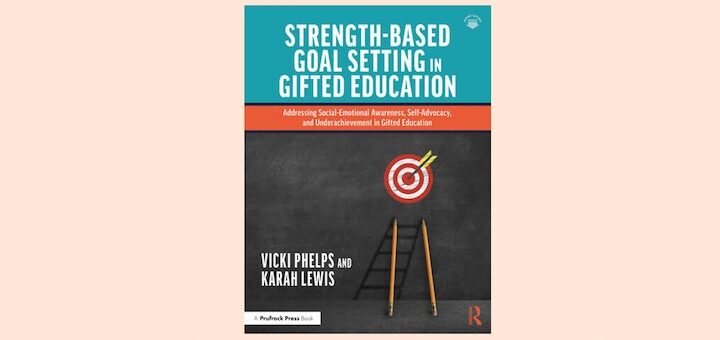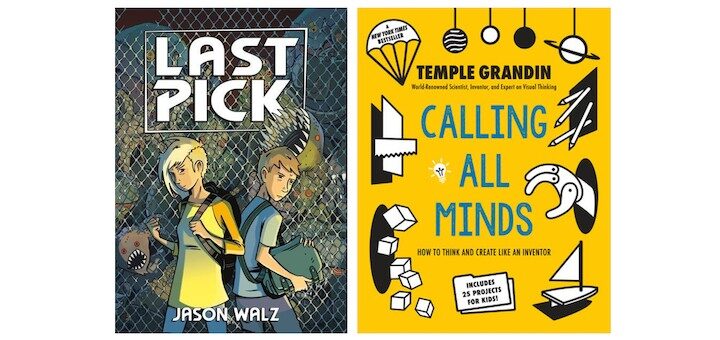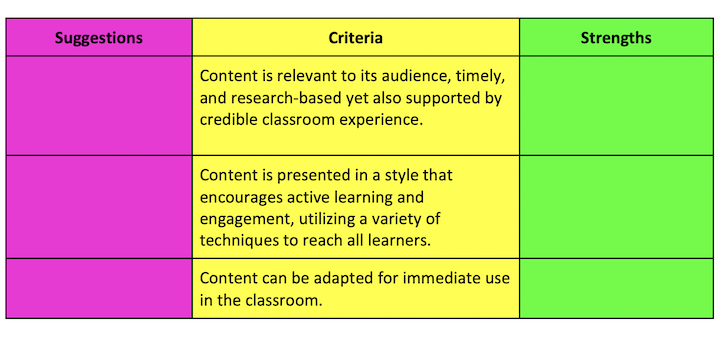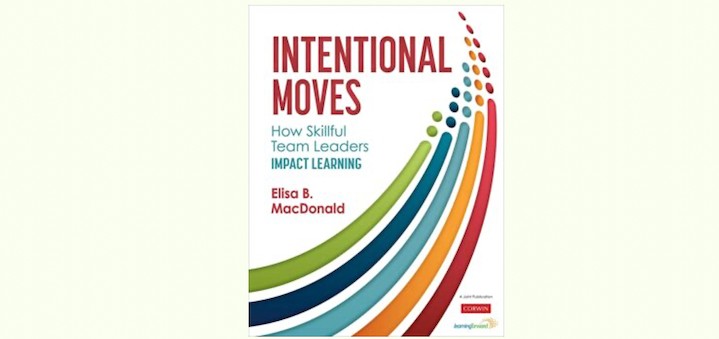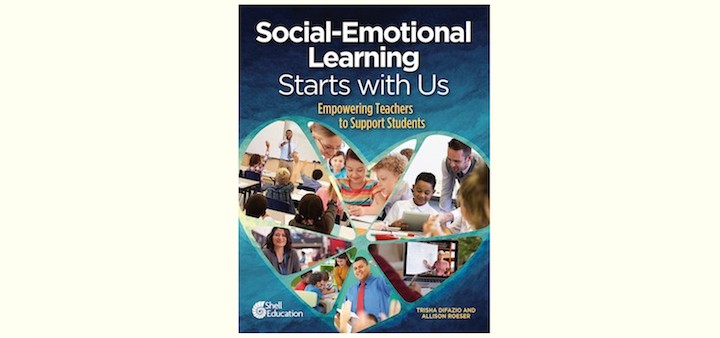Teaching and learning in grades 4-8
Phelps and Lewis offer a comprehensive guide to setting goals, delineating a process that is sure to be impactful for gifted learners. Specialists working with 2E or underachieving students will appreciate the strengths-first framing, writes gifted education leader Kim Rensch.
Do graphic novels get to stand on their own, or should they be paired with additional texts? ELA teacher Jason DeHart explores that question and concludes (no surprise) that the answer is both. See his suggestions for paired titles that will appeal to middle grades readers.
The single point rubric – a minimalist, stripped-down version of the standard 4-point rubric – provides efficiency for teachers and is impactful for students because the simplified teacher feedback fosters growth, writes Stephanie Farley. She also shares three grading tips.
The number one frustration Barbara Blackburn hears from educators is TIME! “I just don’t have time to do everything I need to.” Try her seven strategies to cope with constant planning and overflowing calendars. And remember this: perfectionism can be the enemy of completion.
Intentional Moves: How Skillful Team Leaders Impact Learning is a treasure for any educator who coaches, is a team leader, an administrator or spends a significant amount of their time working with professional colleagues, writes adult learning consultant Cathy Gassenheimer.
Taylor Swift is back on stage with her 2023 New Eras tour, rekindling the fervor of her school-aged fans. You can bring Tay Tay to ELA class with ideas from Patty McGee: selecting TS songs to understand a fictional character, analyzing her lyrics in several formats, and more.
As the world becomes increasingly digital, teachers want their STEM students to be comfortable using technology and digital tools skillfully and with purpose. STEM curriculum expert Anne Jolly identifies five specific STEM skill sets and relates them to dozens of current apps.
In Jay Wamsted’s 8th grade math class he chooses to go right for the conversation on race and culture when the opportunity arises. “After all, why not try to know each other a little better?” Learning happens, he says, when students and teacher can be authentic with each other.
Despite misgivings about plagiarism, many educators are excited about the promise of ChatGPT to help students research content-area topics for papers and projects. MiddleWeb’s John Norton shares his “conversation” with the new ChatGPT-4 while researching some family history.
Social-Emotional Learning Starts with Us by DiFazio and Roeser offers SEL stories from educators, experts, and students, along with grade-level activities. The authors not only share their knowledge and expertise, writes consultant Anne Anderson, they share their hearts.

